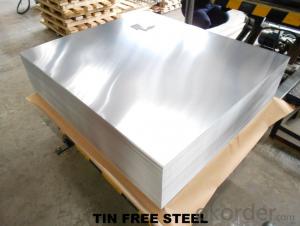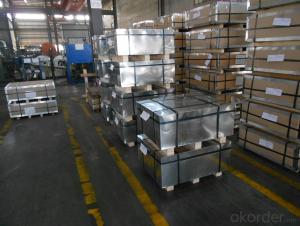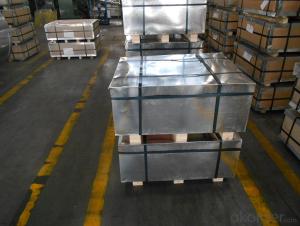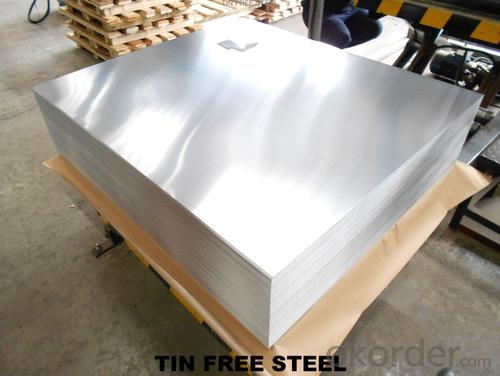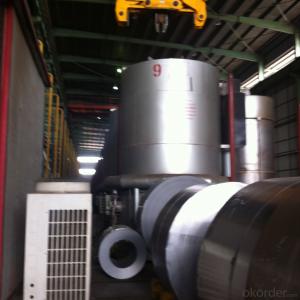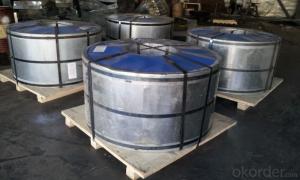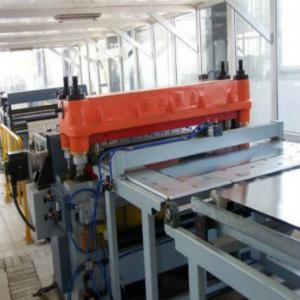tin free steel
- Loading Port:
- China Main Port
- Payment Terms:
- TT OR LC
- Min Order Qty:
- -
- Supply Capability:
- -
OKorder Service Pledge
Quality Product, Order Online Tracking, Timely Delivery
OKorder Financial Service
Credit Rating, Credit Services, Credit Purchasing
You Might Also Like
Quick Details
Standard: GB,JIS
Grade: MR.SPCC
Width: 520~950mm
Thickness: 0.15~0.36mm
Hardness: T2~DR9/BA
Place of Origin: Jiangsu, China (Mainland)
Brand Name: HeFeng
Type: Tinplate Coil/sheets
Application: Food Cans Industrial Cans
Thickness tolerance: +/-0.005mm
Application:
Widely used for food grade metal packaging industry and cable industry.
Such as making cans cover for food and beverage,crown cork,bottle caps, rotating cover,optical fiber ribbon and other purpose.
- Q: What are the common applications of tinplate?
- Tinplate is commonly used for packaging food and beverages, such as cans for canned goods, metal caps for bottles, and metal containers for various products. It is also used for making aerosol cans, paint cans, and decorative tin boxes for storage purposes. Additionally, tinplate is used in the manufacturing of electronic components, automotive parts, and construction materials due to its corrosion resistance and durability.
- Q: What are the main applications of tinplate in the textile industry?
- Tinplate is commonly used in the textile industry for various applications such as packaging, labeling, and decorative elements. It is often used to create tinplate cans or containers for storing textile products, ensuring their protection and preservation. Tinplate is also utilized in labeling and branding, providing a durable and attractive surface for printed information. Additionally, tinplate can be formed into decorative elements like buttons or fasteners, adding aesthetic value to textile products.
- Q: Tin plated tin plated?
- Galvanized steel / strip is easy to retreat, the damage to the substrate is very small, but also to ensure the production of rust in the stamping process, you can use.
- Q: How does tinplate compare to other types of packaging materials?
- Tinplate is known for its durability, strength, and resistance to corrosion, making it superior to many other packaging materials. It offers excellent protection against moisture, light, and oxygen, which helps preserve the quality and freshness of the packaged products. Moreover, tinplate is highly versatile, allowing for creative designs and printing options, making it visually appealing to consumers. While it may be slightly more expensive than some alternatives, tinplate's numerous advantages make it a preferred choice for packaging in various industries.
- Q: How does tinplate affect the overall product visibility?
- Tinplate can significantly enhance the overall product visibility due to its shiny and reflective surface. The reflective nature of tinplate allows for better light reflection, making the product more noticeable and eye-catching on store shelves. Additionally, tinplate can be easily printed upon, enabling vibrant and high-quality graphics that further attract consumer attention.
- Q: What are the factors that determine the lifespan of tinplate packaging?
- The factors that determine the lifespan of tinplate packaging include the quality of the tinplate material used, the manufacturing process, the storage and handling conditions, and the level of protection provided against external factors such as moisture, temperature, and physical damage.
- Q: Does tinplate require any specific handling or storage conditions?
- Yes, tinplate does require specific handling and storage conditions. It should be protected from moisture and kept in a dry environment to prevent rusting. Additionally, it is recommended to store tinplate in a cool and well-ventilated area to maintain its quality and prevent any potential damage.
- Q: Can tinplate be formed into different shapes and sizes?
- Yes, tinplate can be easily formed into various shapes and sizes due to its malleability.
- Q: How does tinplate perform in terms of resistance to UV radiation?
- Tinplate generally has poor resistance to UV radiation. Without proper protective coatings or treatments, tinplate is susceptible to degradation and discoloration when exposed to prolonged sunlight or UV radiation.
- Q: What are the different methods of printing on tinplate?
- There are several methods of printing on tinplate, including lithography, screen printing, and digital printing. Lithography involves transferring an image onto a metal plate, which is then used to print onto the tinplate. Screen printing uses a mesh screen to apply ink onto the tinplate through open areas of the screen. Digital printing utilizes computer-controlled printers to directly apply ink onto the tinplate, allowing for greater flexibility and detailed designs.
Send your message to us
tin free steel
- Loading Port:
- China Main Port
- Payment Terms:
- TT OR LC
- Min Order Qty:
- -
- Supply Capability:
- -
OKorder Service Pledge
Quality Product, Order Online Tracking, Timely Delivery
OKorder Financial Service
Credit Rating, Credit Services, Credit Purchasing
Similar products
Hot products
Hot Searches
Related keywords
